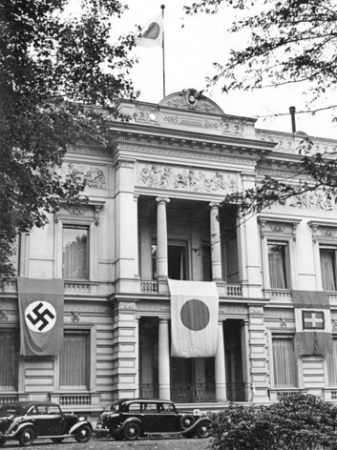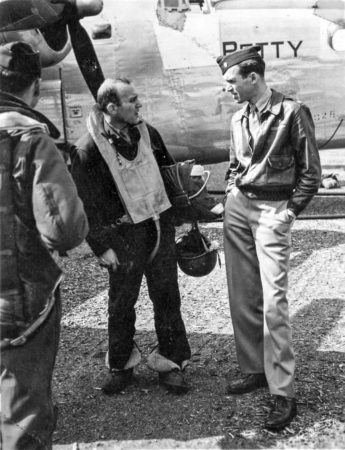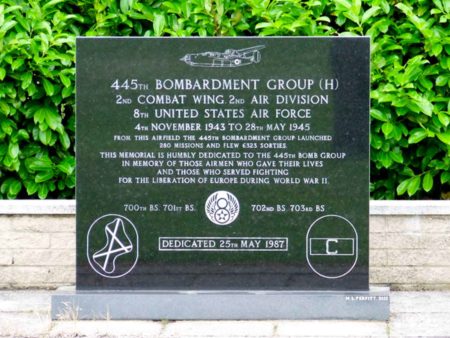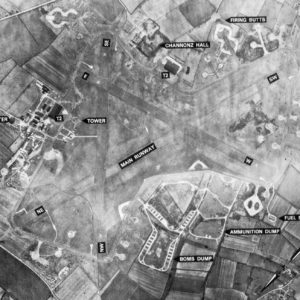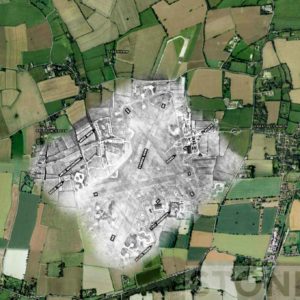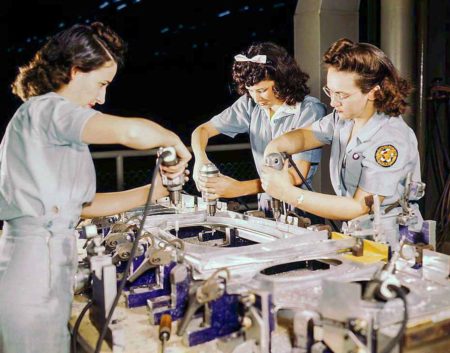With President Franklin Roosevelt’s increasing support of Churchill and England, Hitler was forced to come up with a strategy to blunt American involvement on the side of Britain. In September 1940, Germany announced the Tripartite Pact treaty had been signed. In a nutshell, the treaty and military alliance between Germany, Italy, and Japan required all the participants to act against an aggressor of a treaty member.
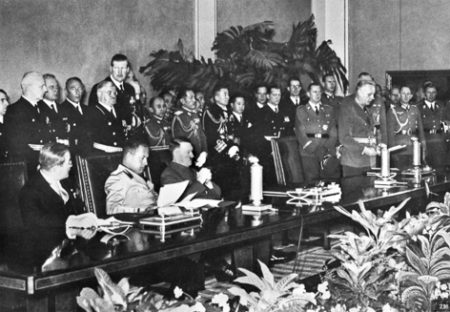
FDR knew this was a game changer and while it didn’t mention the United States, the president fully recognized it was directed at America eventually coming into direct conflict with the Axis powers. This situation required FDR and his senior administration and military staffs to reassess the global situation and devise an initial strategy for an event of war with one or all the treaty members.
This assessment (and recommendation) was written in late October 1940 and presented to the president on 12 November. The twenty-six page document became known as “The Plan Dog” memorandum.
